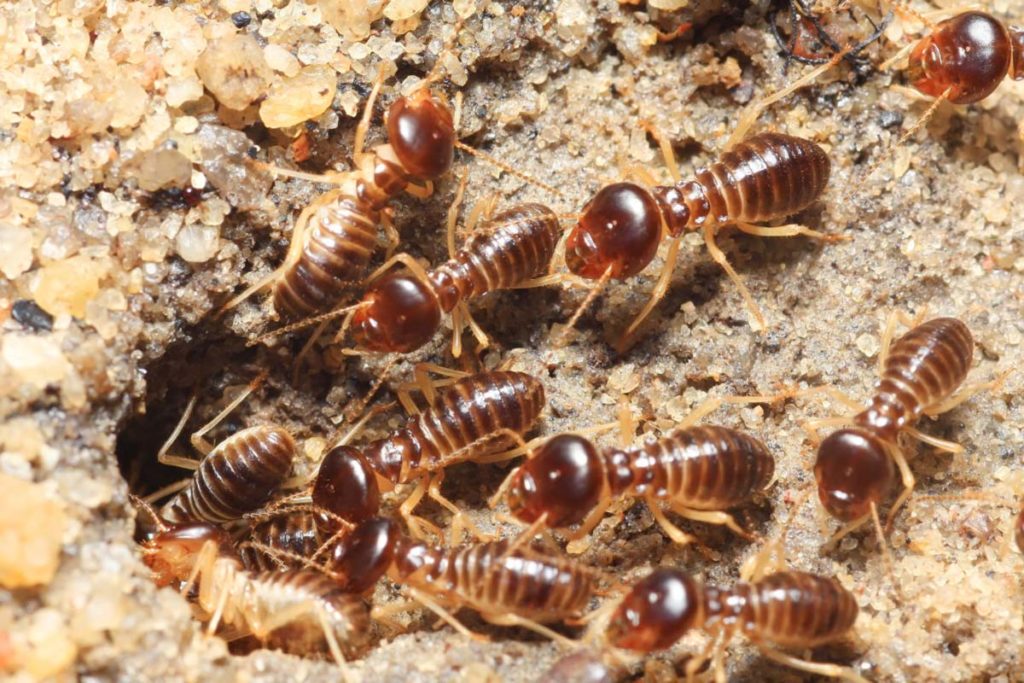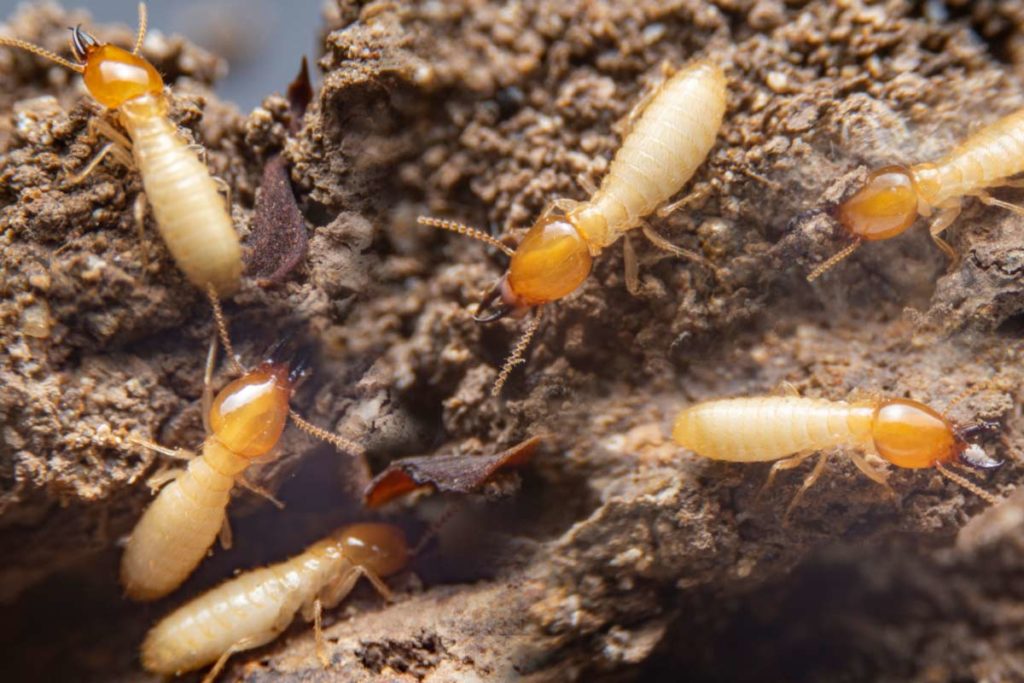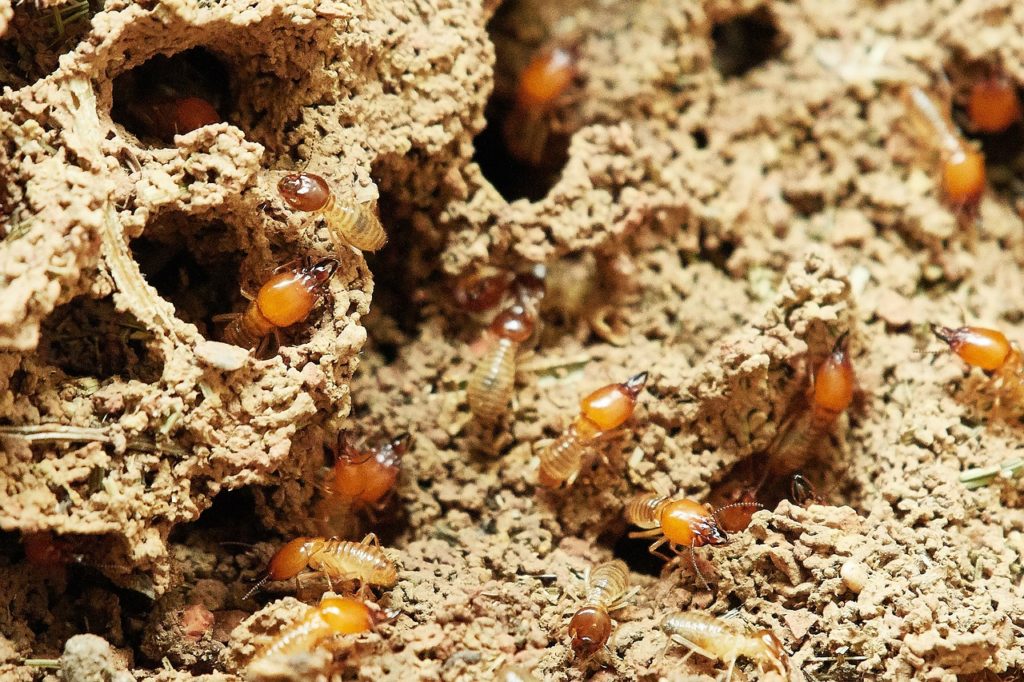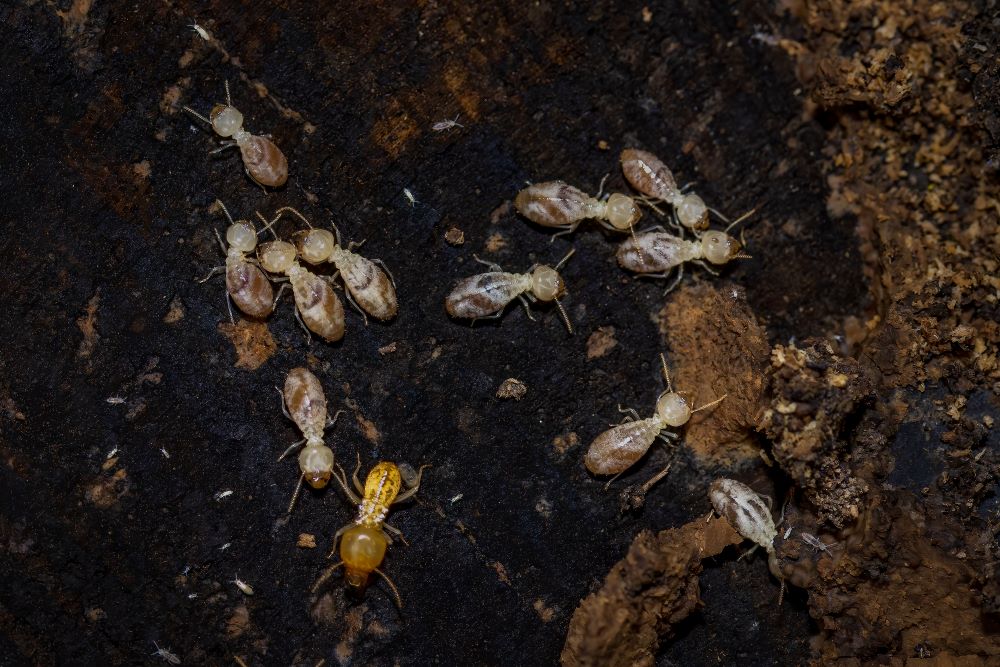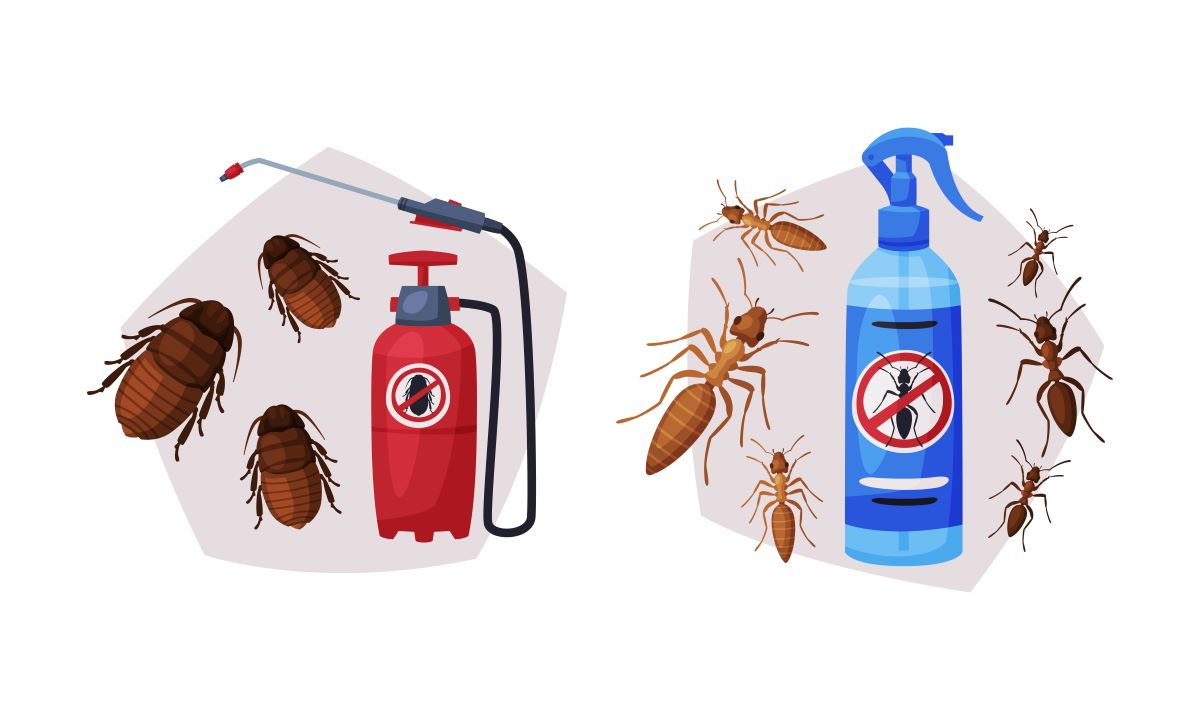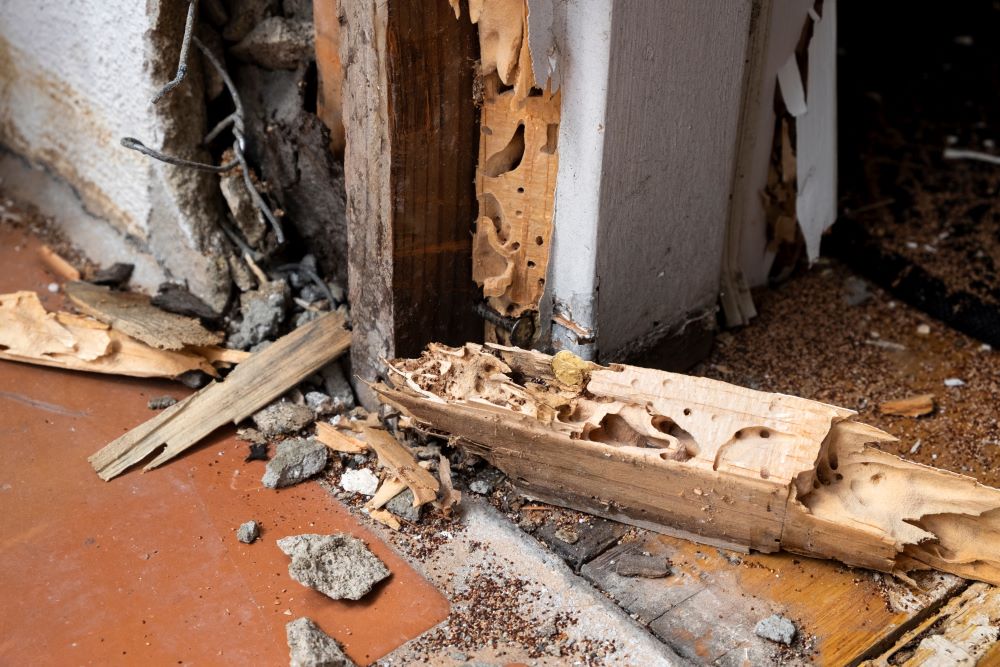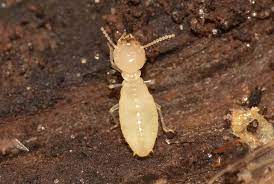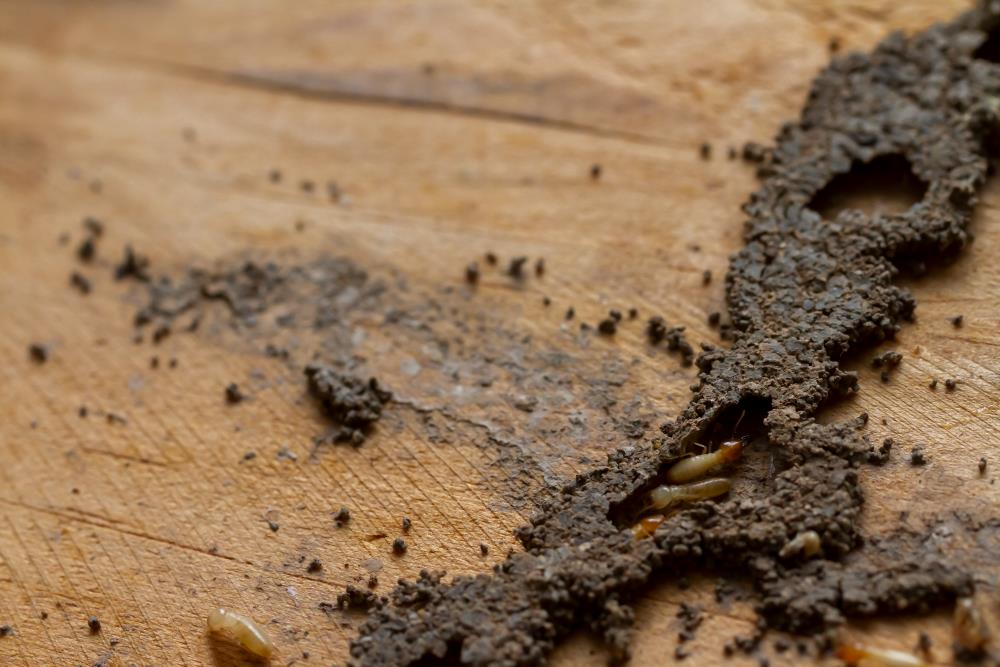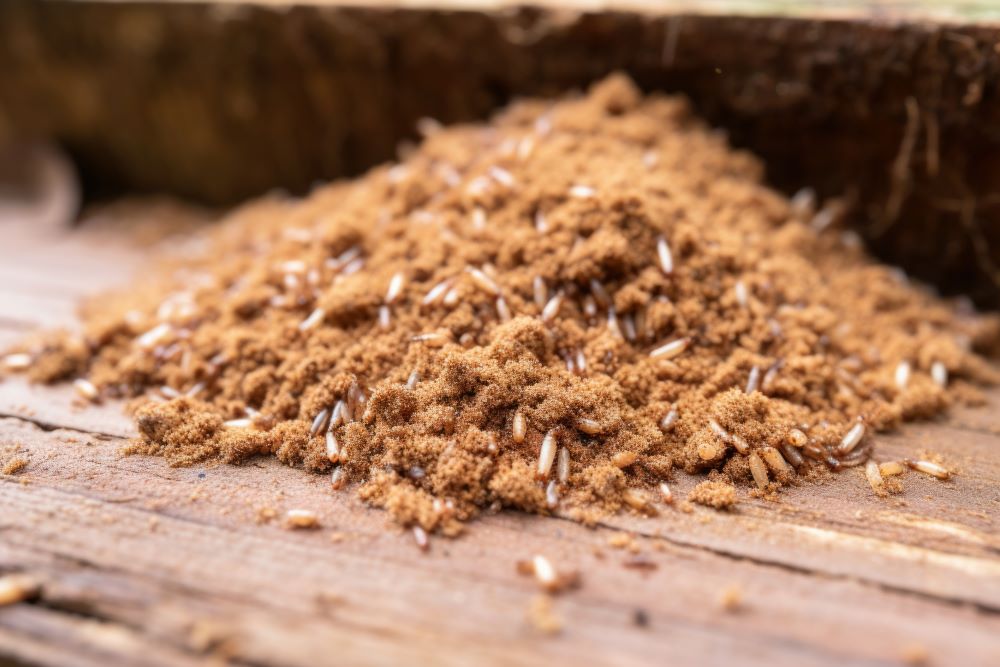
Termites rank high among the pesky critters that can wreak havoc on your home. These small bugs have the potential to inflict significant harm to your house’s framework, resulting in costly repairs. Ever wondered what termite droppings actually look like? Termite droppings, referred to as frass, offer important insights into the existence of these damaging pests within your household.
What do termite droppings look like?
Termite droppings are often mistaken for sawdust or wood shavings, but they have some distinct characteristics that set them apart. Unlike sawdust, which is produced by the act of chewing wood, termite droppings are actually fecal pellets. These pellets are tiny and have a granular appearance. They are usually less than 1 millimeter in length and can vary in color from light brown to dark brown.
Differentiating termite droppings from other pests
Termite droppings can sometimes be mistaken for droppings left by ants or cockroaches. However, there are distinct differences that can help you distinguish between them. Termite droppings are usually consistent in size and shape, unlike the varied droppings of other pests. Moreover, you’ll often find termite droppings in neat piles or mounds, whereas other insects droppings tend to be scattered around.
The size and appearance of termite droppings
As mentioned before, termite droppings are quite small, typically less than 1 millimeter long. They appear granular and can look like tiny grains of sand or sawdust. The color of the droppings may vary depending on the termite species and the type of wood they have been consuming. Generally, termite droppings range from light brown to dark brown in color. If you spot small piles of these granular pellets in your house, it’s a clear sign of a termite infestation.
Where to find termite droppings in your home
Termite droppings are commonly discovered in close proximity to regions where termites are actively consuming wood. Typical spots where one might encounter termite droppings include basements, crawl spaces, attics and wooden fixtures like furniture or cabinets. Should you suspect a termite invasion, it is crucial to carefully examine these locations for indications of termite droppings. Ensure to wear protective gloves and a mask while dealing with termite droppings, as they may harbor harmful bacteria.
Why termite droppings are a sign of infestation
Termite droppings are a clear indication that termites are present and actively feeding on wood in your home. When termites consume wood, they produce these fecal pellets as waste. The presence of termite droppings indicates that a termite colony is nearby and that they are actively damaging the structure of your house. If left untreated, a termite infestation can cause significant damage and compromise the integrity of your home.
Prevention and treatment for termite infestations
Preventing a termite infestation is always better than dealing with one. Here are a few tips to help you prevent termites from invading your home:
- Remove any wood debris or firewood from around your home.
- Check your gutters regularly to make sure they’re clean and unblocked; termites can set up shop in blocked gutters
- Seal up cracks in the walls and foundation, since termites can break in through the tiniest of spaces.
- Keep moisture out of crawl spaces and basements through proper ventilation, as termites thrive on excess moisture
- Regularly inspect wooden structures in your home for signs of damage.
If you suspect a termite infestation or have found termite droppings in your home, it’s crucial to seek professional treatment. DIY methods may not be effective in eliminating a termite colony completely. A professional termite control company can assess the extent of the infestation and implement the appropriate treatment plan to eradicate the termites and protect your home.
Hiring a professional for termite control
When dealing with termite control, it’s advisable to entrust the task to experts. Engaging a specialized pest control service for termite management proves to be the most efficient approach in addressing a termite invasion. These professionals possess the expertise, practical know how and equipment required to detect and address termite issues successfully. Additionally, they can offer valuable recommendations on preventing future infestations and safeguarding your home.
Common misconceptions about termite droppings
There are many misconceptions about termite droppings that can be confusing. One common myth is that termite droppings are dangerous to humans. While these droppings may contain bacteria, they are usually not harmful unless ingested in large quantities. Another misunderstanding is that finding termite droppings always indicates an ongoing infestation. Although the presence of these droppings suggests the presence of termites, it doesn’t necessarily mean the infestation is still active. It’s possible that the termites have moved elsewhere or have been taken care of.
Conclusion
Remember to seek professional help if you suspect a termite infestation, as DIY methods may not be effective. With the assistance of a professional termite control company, you can eliminate termites and ensure the long-term protection of your home. Reach out to Recon Pest Services today to get started and make sure your home is protected!

